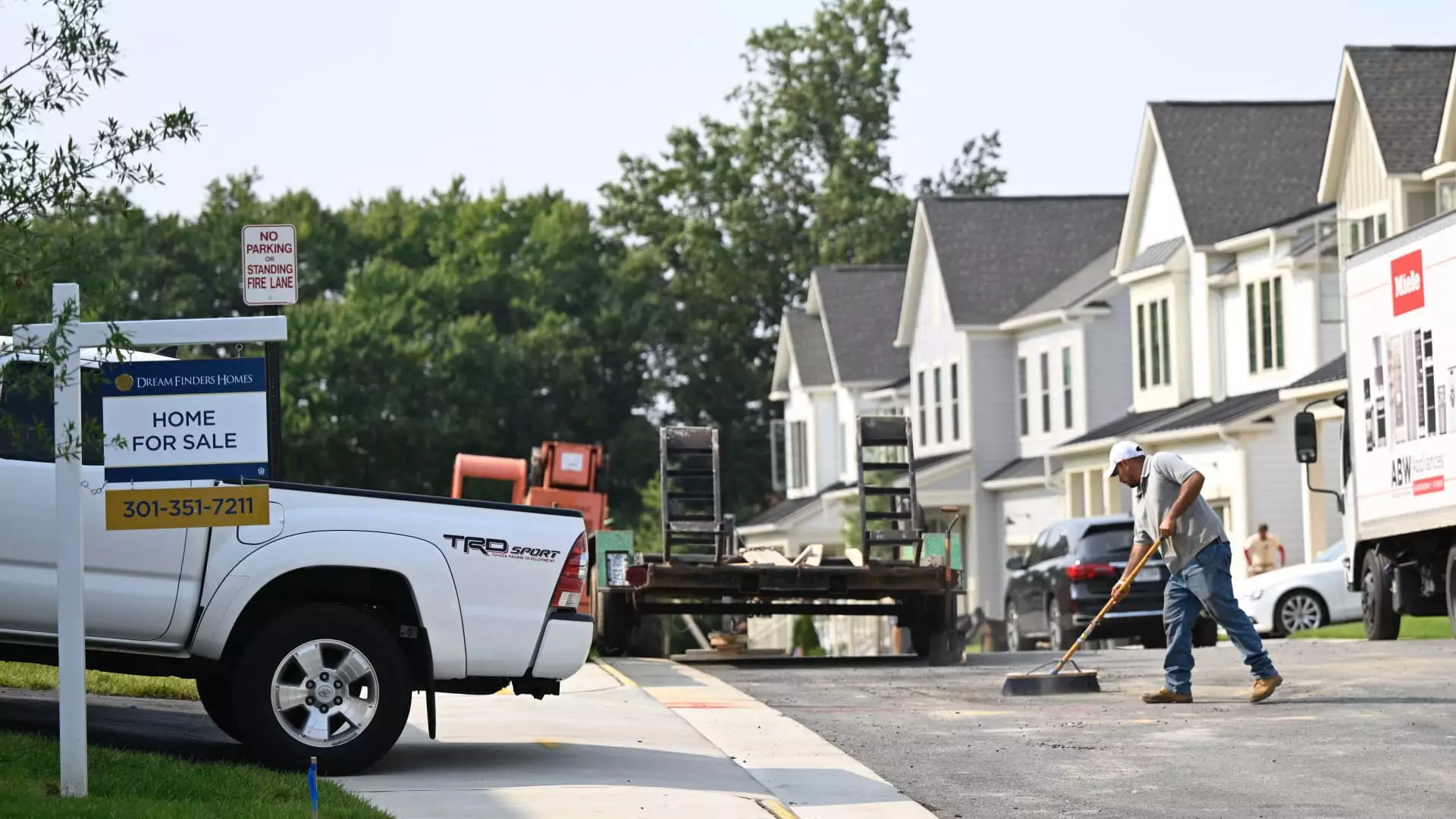The rate at which home prices grow is slowing down in the U.S. According to a recent Redfin analysis, home prices increased by a modest 0.6% from the previous month in February, which aligns with the average monthly gain observed in the eight years prior to the Covid-19 pandemic. Daryl Fairweather, the chief economist at Redfin, noted that prior to the pandemic, it was common for prices to rise by around half a percent each month, translating to an annual increase of approximately 5% to 6%. Despite the current scenario of higher mortgage rates, the housing market appears to be returning to this trend as observed by analysts.
While there has been a stabilization in price growth, experts point out significant differences in the market from the period before the pandemic. The average home remains unaffordable for many prospective buyers, and although inventory has slightly improved, it is insufficient to meet the existing demand. Fairweather highlights the sentiment among agents that both sellers and buyers are dissatisfied with the current market conditions. Sellers are displeased with the offers they are receiving, while buyers are concerned about escalating prices and mortgage rates.
One striking difference between the current market and the pre-pandemic phase is the notably low number of transactions taking place. This phenomenon is primarily attributed to the surge in mortgage rates, with rates exceeding 6% according to data from Freddie Mac. The levels of transactions have hit “recessionary lows,” with the exception of a slight uptick in February. In addition to high mortgage rates, the scarcity of homes for sale is also impacting sales. Although new listings saw a 5% increase in the past four weeks ending March 17, it is still a far cry from pre-pandemic figures, indicating slow progress in supply recovery.
The recent growth in new listings is mostly attributed to seasonal trends, as homeowners often choose to list their properties for sale in February in anticipation of moving during the spring or summer months. Significant life events such as job changes or marriages can also prompt individuals to put their homes on the market. Moreover, the prior influence of the mortgage rate lock-in effect is gradually easing, enabling some homeowners to consider selling despite the higher interest rates. As this effect weakens over time, it is expected to further enhance supply availability in the market.
Economists forecast a modest decline in mortgage rates as the Federal Reserve plans to trim interest rates in the coming months. This move is anticipated to have a stabilizing effect on home prices at a national level. Although new-home sales have been on the rise, with January witnessing a 1.5% increase over December figures, the market still grapples with acute housing supply challenges. Builders are capitalizing on the demand for new homes, offering incentives such as mortgage rate buydowns or price reductions. However, these efforts may not be adequate to bridge the existing supply gap across the country, necessitating a more sustained approach to addressing housing shortages.

